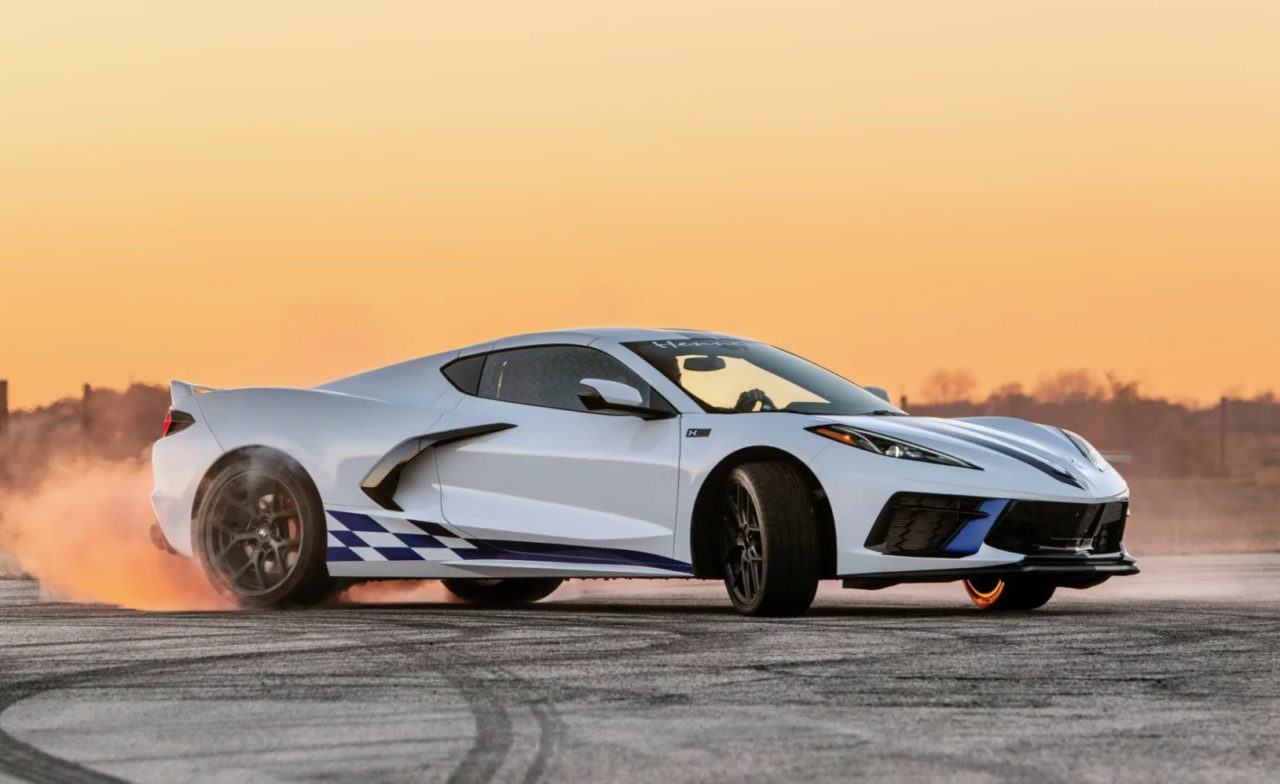Engineers over at Porsche are on the final testing stage for the development of the 2024 Cayenne update. It is being described as one of the most extensive product upgrades in Porsche’s history.
Yep, this is a big deal. However, it is an update for the current, third-generation model and not an all-new generation. Even so, Porsche says it has conducted over 4 million kilometres in testing with various prototypes, across four continents.
The current generation was launched back in 2017, so it is right about time for a major update. Porsche hasn’t spilled the full beans on the details, but says the new model showcases an “extensively digitised display and operating concept” with enhanced connectivity.
Porsche says its engineers have also made “major revisions” to the chassis system, all aimed at offering a wider range of performance, whether it be on-road, long-distance comfort, or off-road capability. It confirms a new semi-active chassis system will be introduced as well.
To ensure these changes live up to customer and its own expectations, the engineering team have put prototypes and pre-production vehicles through their paces in various conditions. In fact, test manager Ralf Bosch said; “We’re subjecting the new Cayenne to a complete and comprehensive testing program, just as if it we’d developed it from scratch.”
Testing included driving not only in remote locations and in adverse conditions, but also over 200,000km in urban traffic and on country roads and highways. All within a few months. Dirk Lersch, team leader for prototype assembly and testing for the Cayenne, said:
“What we demand from the new Cayenne in tough off-road tests in Spain, on punishing sand dunes in Morocco, or during highly dynamic drives on ice tracks in Finland and on the Nürburgring Nordschleife isn’t something we presume many customers will ever do. But anyone who purchases a Porsche should know that it can withstand exceptionally high loads – regardless of the surface being driven on.”
The new Cayenne is scheduled to debut during the second quarter of this year, with an Australian launch yet to be detailed but likely some time in late 2023 or early 2024.













